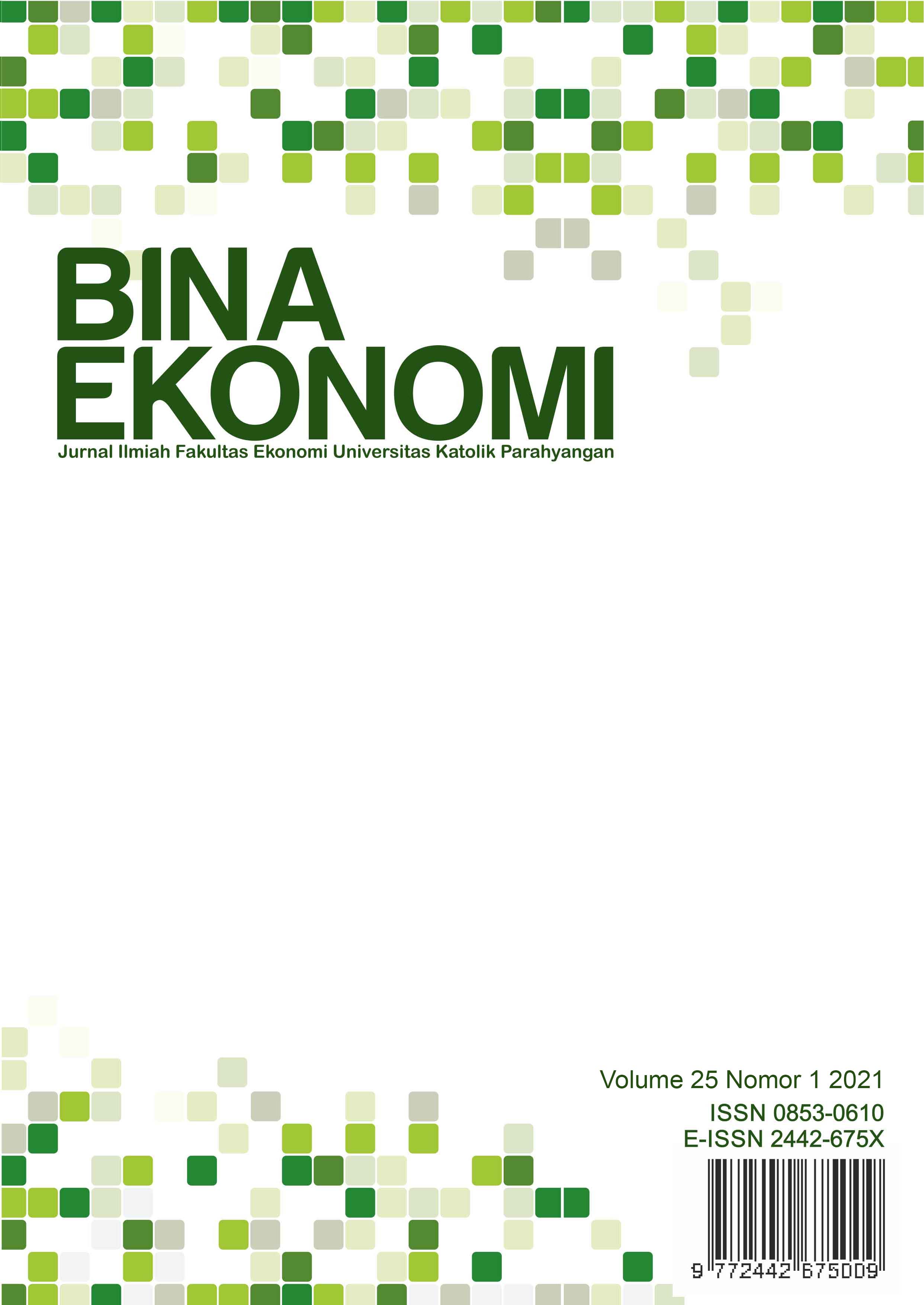Analisis Manfaat Penyertaan Modal Negara Pada Program Pembangunan Infrastruktur Listrik Desa Provinsi Bali
DOI:
https://doi.org/10.26593/be.v25i1.5114.8-22Keywords:
public investment; village electricity; infrastructure; project benefit; public financeAbstract
Infrastructure in Indonesia needs to be developed every year following the economic growth of Indonesia and the world. Regarding the availability of electricity resources, there are still many households in rural Bali that do not have electricity facilities so that rural communities cannot be fully productive economically. This study aims to measure the effectiveness of government investment through State-owned Equity Participation to the State Electricity Company (PT. PLN) in the Java-Bali electricity infrastructure development program, especially in the village electricity program in Bali Province. This study uses a qualitative method using Atlas.ti software to analyze the results of interviews by providing codes in the form of a collection of words that are most relevant and needed in research. This study also calculates the benefits of government investment through a cost and benefit analysis approach. The results show that the Java-Bali electricity infrastructure development program, especially the village electricity program in Bali Province, has effectively increased the electrification ratio by 100%. Other results show other benefits of village electricity projects such as increasing productivity, cost and energy efficiency, improving living standards, adding insight and information, and also facilitating small and medium enterprises in the villages of Bali Province.
References
Afifi, A. A., & Sastry, S. V. S. (2013). Tahapan Rasio Elektrifikasi 100%. Journal of Chemical Information and Modeling, 53(9).
Aziz, A. (2007). Ekonometrika Teori & Praktik Eksperimen dengan MATLAB. Universitas UIN Malang.
BAKROH, D. S. B. (2020). PENGELOLAAN INVESTASI PEMERINTAH. Politeknik Keuangan Negara STAN.
Ekawati, R. K. (2016). Teknik Mengukur Manfaat tangible dan intangible.
Kali, A. (2012). Analisis Program Listrik Pedesaan Dalam Meningkatkan. MektekMektek, 14.
Lokadata. (2014). Rasio elektrifikasi berdasarkan provinsi Tahun 2014. Beritagar. https://lokadata.beritagar.id/chart/preview/rasio-elektrifikasi-berdasarkan-provinsi-1482476963#:~:text=Rasio elektrifikasi nasional sampai dengan,2014 mencapai 84%2C35%25.
PT PLN. (2018). RUPTL PLN 2018-2027.
Riastuti, A. K. (2008). Analisis Faktor-Faktor Yang Mempengaruhi Investasi Pemerintah Di Bidang Infrastruktur Listrik Di Indonesia Tahun 1986-2006 (Doctoral dissertation, Universitas Airlangga).
Setjen DPR RI, B. A. A. dan P. A. (2016). Penyertaan Modal Negara kepada BUMN. Buku 1 Rancangan Undang-Undang Tentang Anggaran Dan Belanja Negara Tahun 2016, 1–4. http://www.dpr.go.id/doksetjen/dokumen/biro-apbn-apbn-Penyertaan-Modal-Negara-pada-BUMN-1441158796.pdf
Sulistiani, H., Miswanto, M., Alita, D., & Dellia, P. (2020). Pemanfaatan Analisis Biaya Dan Manfaat Dalam Perhitungan Kelayakan Investasi Teknologi Informasi. Edutic - Scientific Journal of Informatics Education, 6(2). https://doi.org/10.21107/edutic.v6i2.7220
Sumardjoko, I., & Akhmadi, M. H. (2019). Pengembangan Infrastruktur Konektifitas Sebagai Daya Ungkit Ekonomi Dan Pemangkas Kemiskinan Jawa Timur. Jurnal Manajemen Keuangan Publik, 3(1), 22-31.


